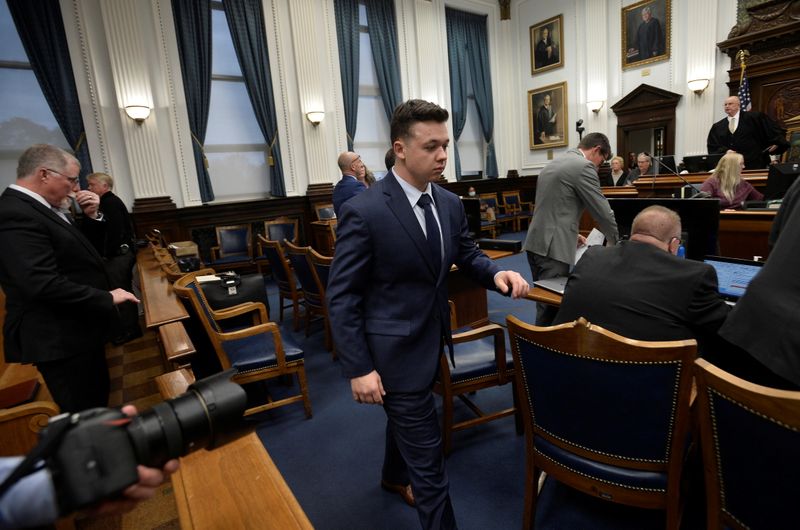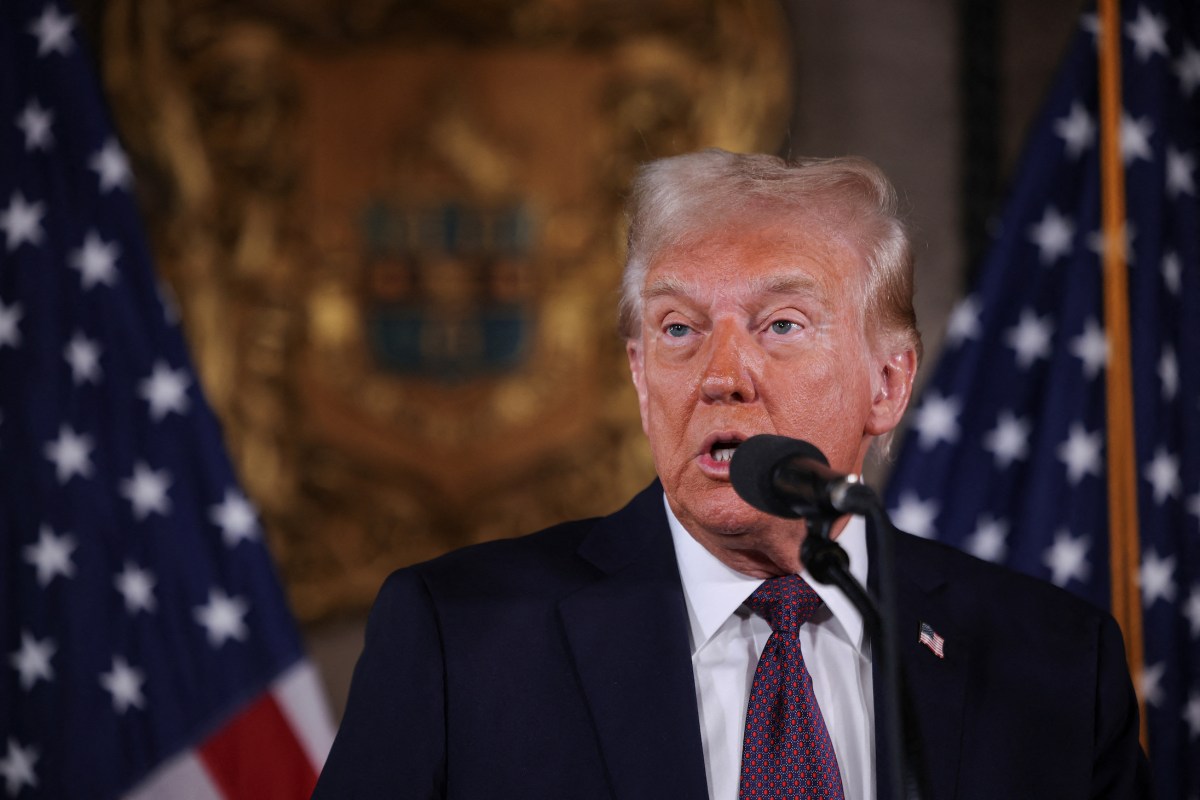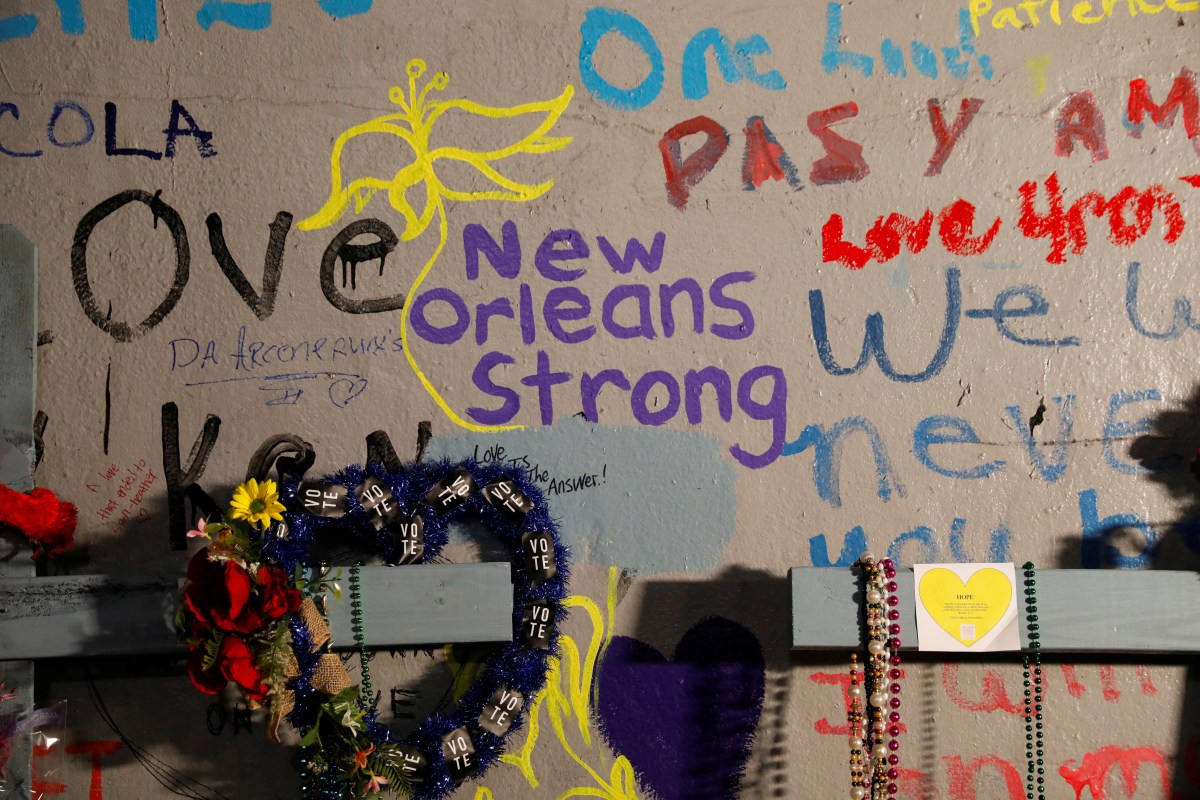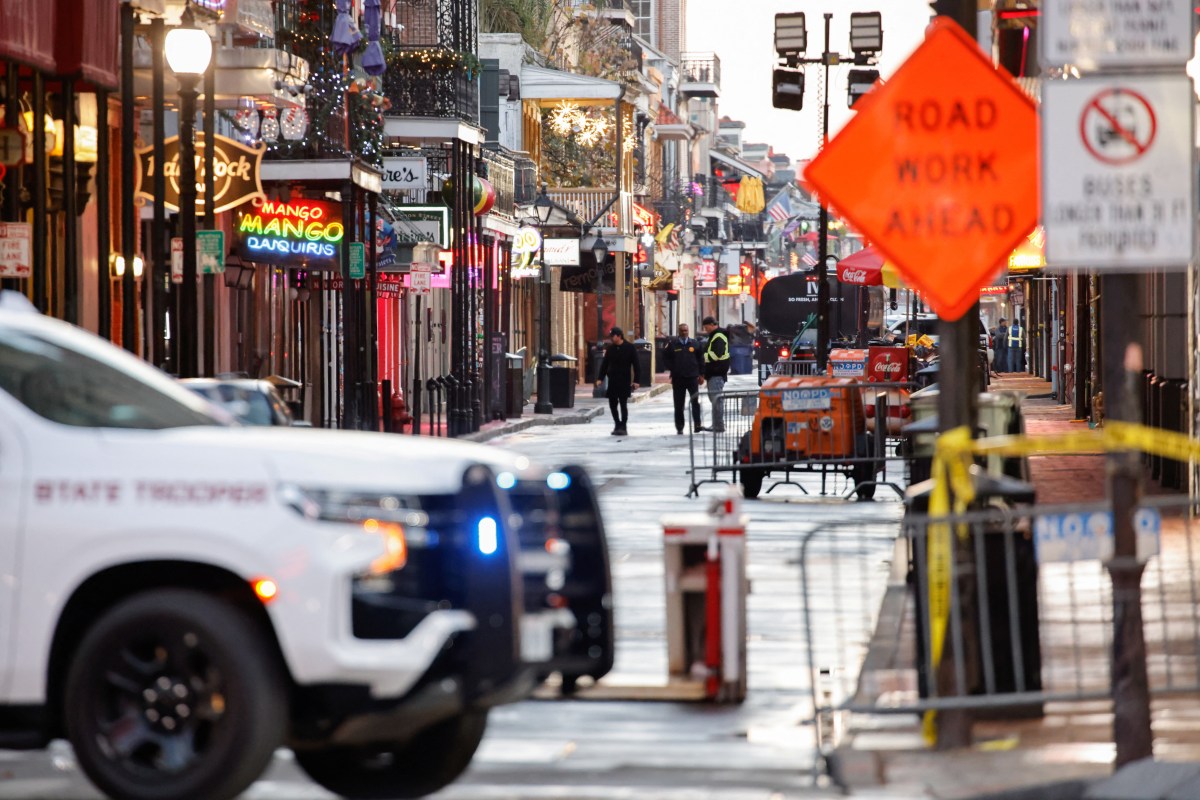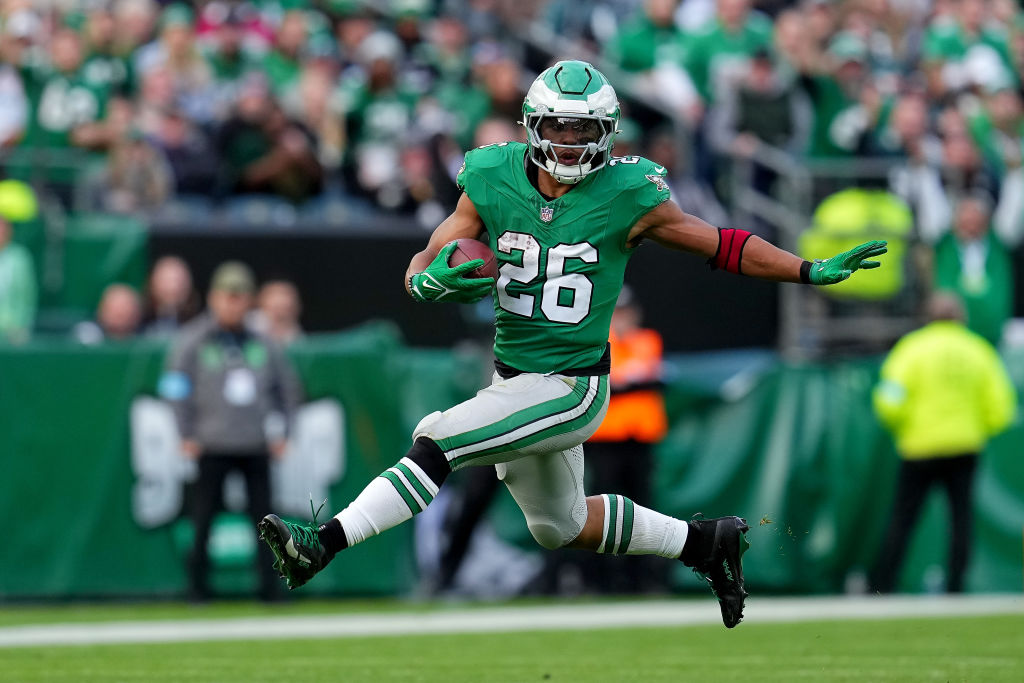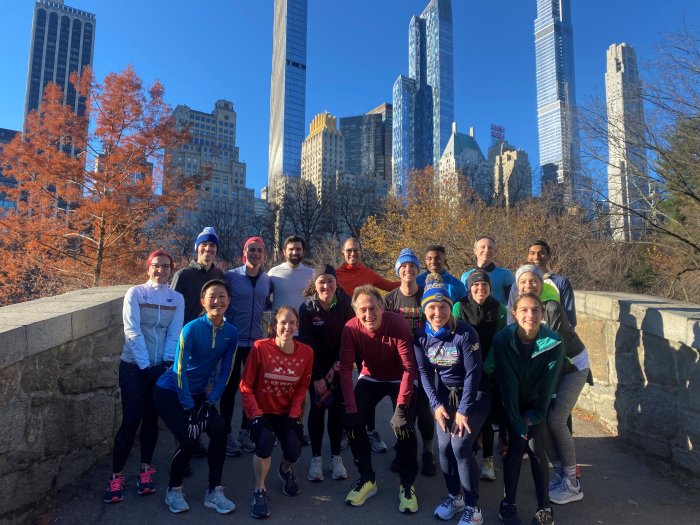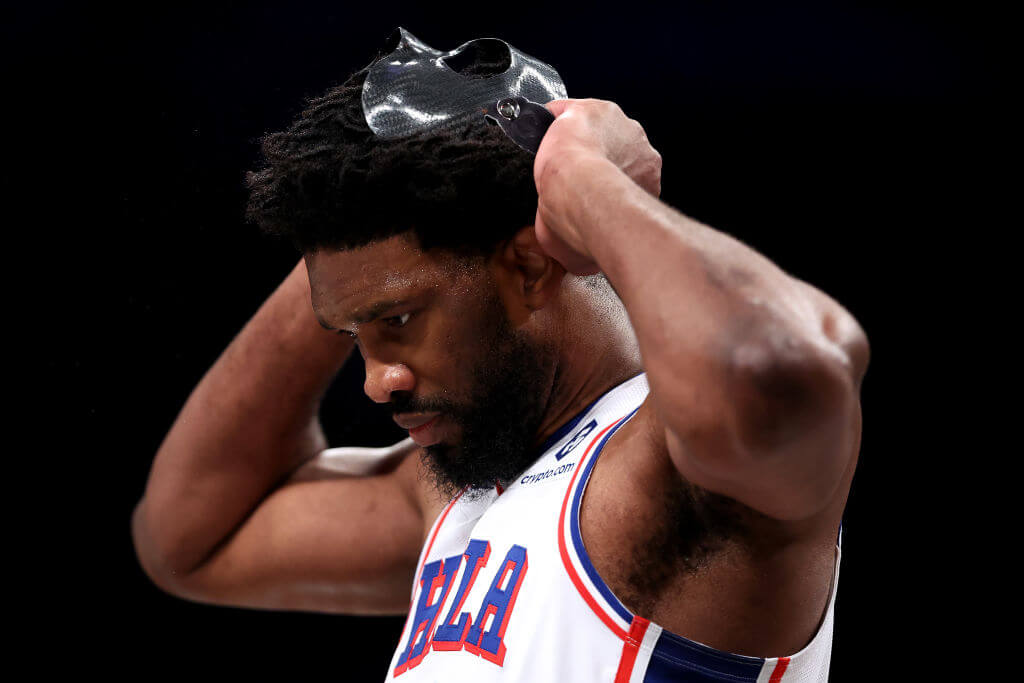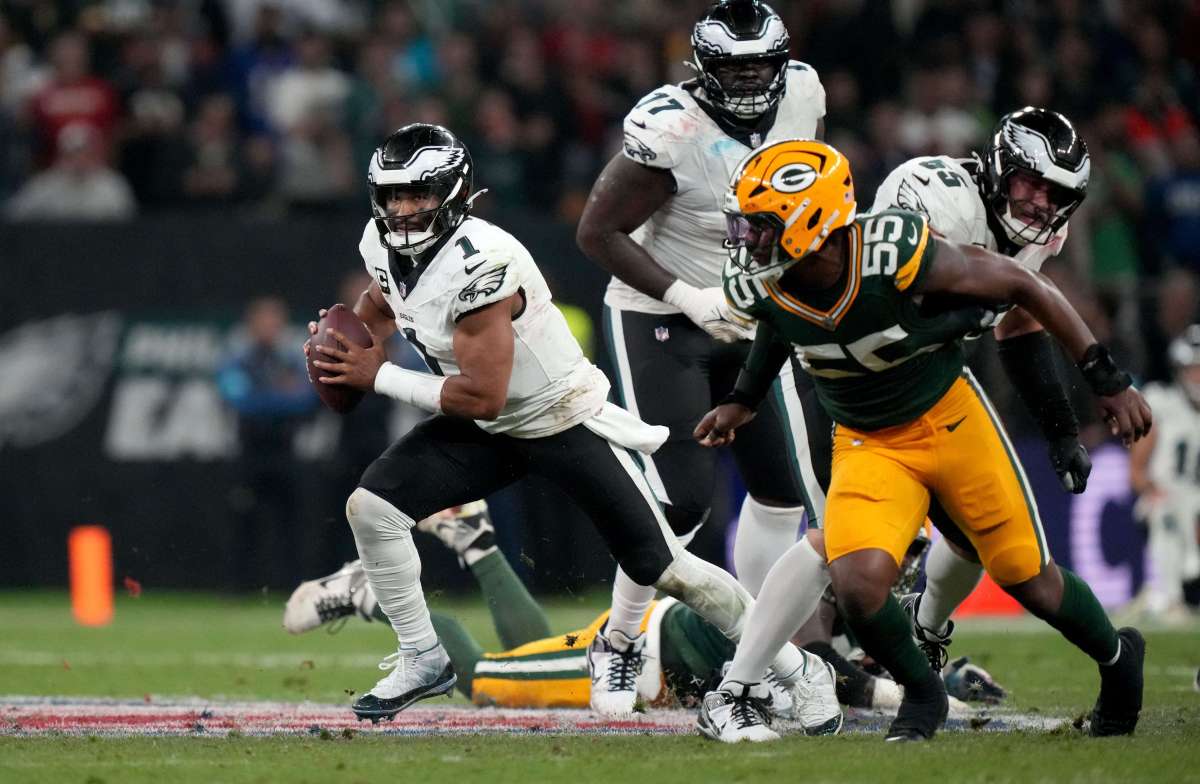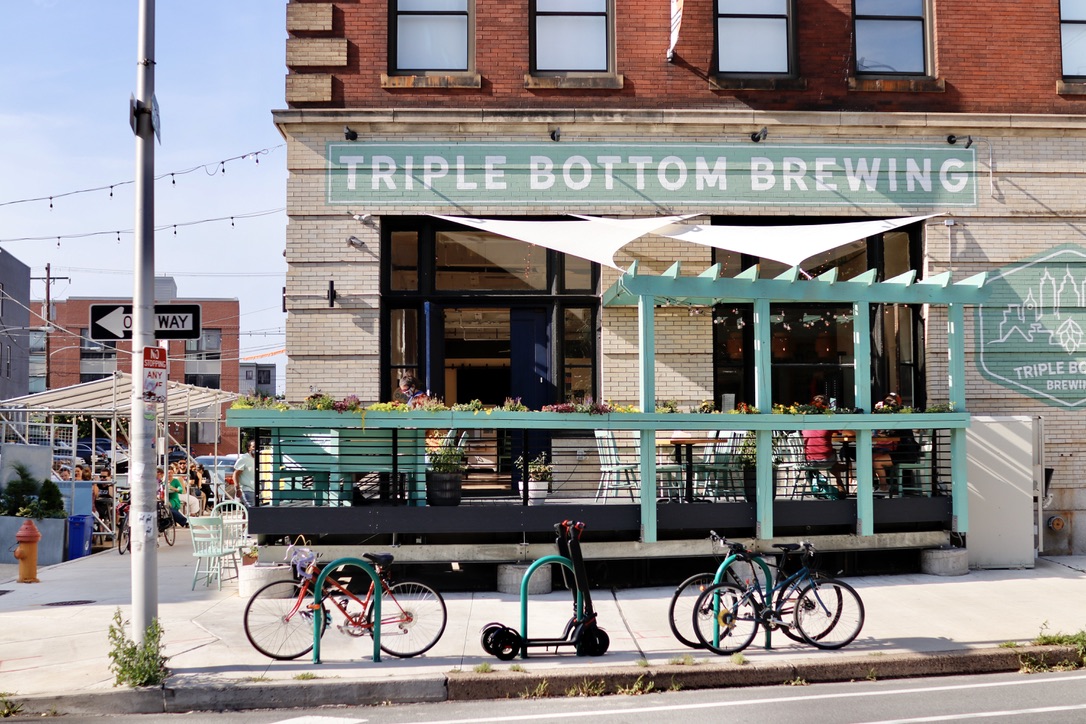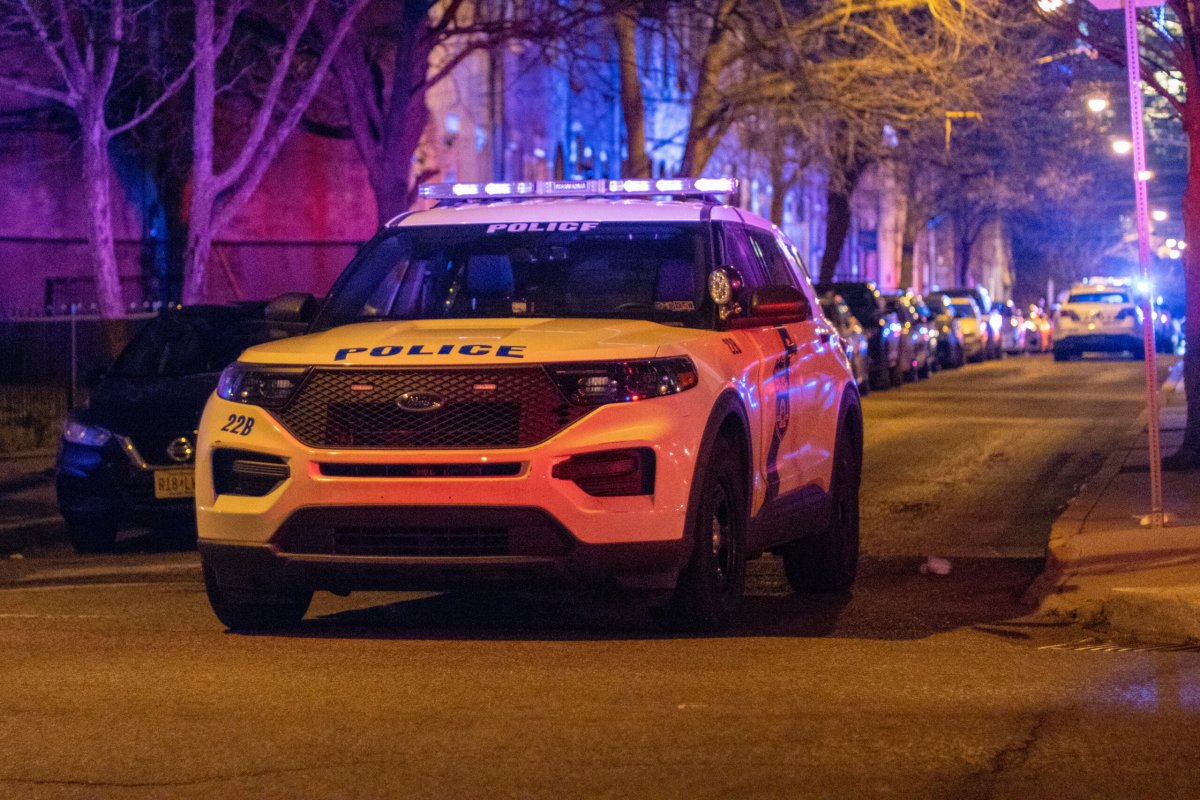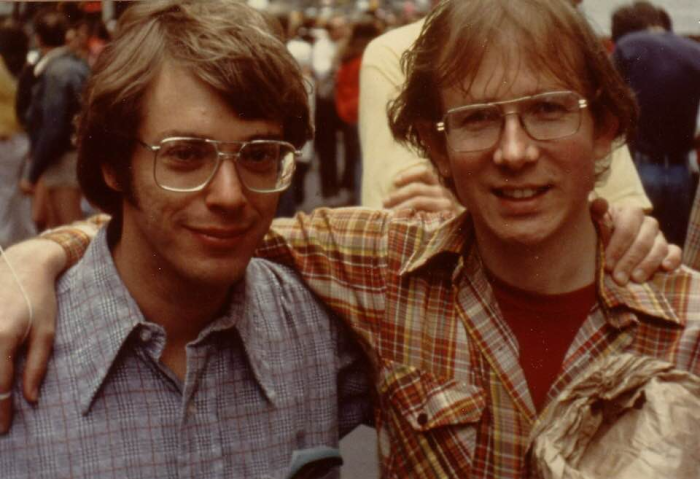KENOSHA, Wis. (Reuters) – Closing arguments are set to start Monday in the trial of Kyle Rittenhouse, the 18-year-old charged with murdering two men and wounding another during racial justice protests in the Wisconsin city of Kenosha last year.
Rittenhouse, charged in the killing of Joseph Rosenbaum, 36, and Anthony Huber, 26, and the wounding of Gaige Grosskreutz, 27, has pleaded not guilty and has said he acted in self-defense.
Here are some key moments from the trial:
Nov. 12 – The judge says he will instruct the jury they can consider the argument that the teenager provoked one attack, a decision that helps prosecutors. It would raise the bar for the teenager’s effort to convince the jury that he acted in self-defense.
Kenosha County Judge Bruce Schroeder made the ruling after stepping down from the bench to watch grainy drone video of the Rosenbaum shooting with the defendant standing close behind him.
The judge also said on Friday he would allow the jury to consider lesser charges in the fatal shooting of Anthony Huber, one of two men Rittenhouse killed, but not consider a lesser charge in the shooting of Rosenbaum.
Nov. 11 – The defense lawyers rest their case.
Nov. 10 – Rittenhouse testifies that Rosenbaum twice threatened to kill him and ambushed him before their final encounter.
Rittenhouse broke down sobbing as he recalled the events immediately before he shot Rosenbaum, prompting the judge to call for a recess. After returning to the stand, Rittenhouse testified that Rosenbaum charged at him, telling the jury, “I remember his hand on the barrel of my gun.”
Rittenhouse told the prosecution during cross examination: “I did what I had to do to stop the person who was attacking me.” He admitted using deadly force but said he did not intend to kill anyone.
Nov. 9 – Nicholas Smith, who was in the same group of men as Rittenhouse who were protecting a used car dealership, said he spoke to Rittenhouse after he shot three people, describing him as nervous, sweating and pale.
“He repeats: ‘I just shot someone,’ over and over,” said Smith.
Nov. 8 – Gaige Grosskreutz, 27, the only protester shot by Rittenhouse to survive, testified that he had pointed his Glock pistol in Rittenhouse’s direction and only advanced on the teenager as a last resort because he thought he “was going to die.”
Under cross-examination by the defense, Grosskreutz said Rittenhouse did not fire when his hands were up and only did so when he moved toward Rittenhouse with his pistol pointed at him.
“It wasn’t until you pointed your gun at him, advanced on him, with your gun, now your hands down pointed at him, that he fired, right?” asked Corey Chirafisi, Rittenhouse’s lawyer.
“Correct,” Grosskreutz responded.
The prosecution rests.
Nov. 5 – Jason Lackowski, a former Marine, was with Rittenhouse on the night of the shootings. Prior to the shootings, Lackowski said Rosenbaum had taunted him and other armed men. Lackowski answered “no” when asked whether he considered the unarmed Rosenbaum a threat.
Nov. 4 – Richie McGinniss – chief video director of the Daily Caller, a conservative website – said Rosenbaum yelled as he advanced toward Rittenhouse in the parking lot of a used-car dealership and then lunged for the youth’s semi-automatic rifle.
Ryan Balch, a military veteran who was among the armed men with Rittenhouse at the used car dealership, testified that Rosenbaum was acting in a “violent” manner that night, throwing rocks and trying to set fires.
Nov. 3 – Video was the star witness at the second day of the trial.
Jurors saw a series of graphic videos showing the chaotic moments after Rittenhouse shot three protesters, including one man who lay motionless and bleeding and another screaming as blood gushed from his arm.
The jury was also shown video of Rittenhouse fleeing the scene of the Rosenbaum shooting and being chased by a growing crowd of protesters, some of them yelling things like “Get him” before he has a series of violent encounters.
Nov. 2 – Jurors hear opening arguments. Prosecutors portrayed Rittenhouse a vigilante killer, repeating seven times that the teenager was the only person to have shot anyone that night. The defense said Rittenhouse opened fire in self-defense and in response to attacks by a mob.
(Reporting by Nathan Layne; Editing by Lisa Shumaker)

